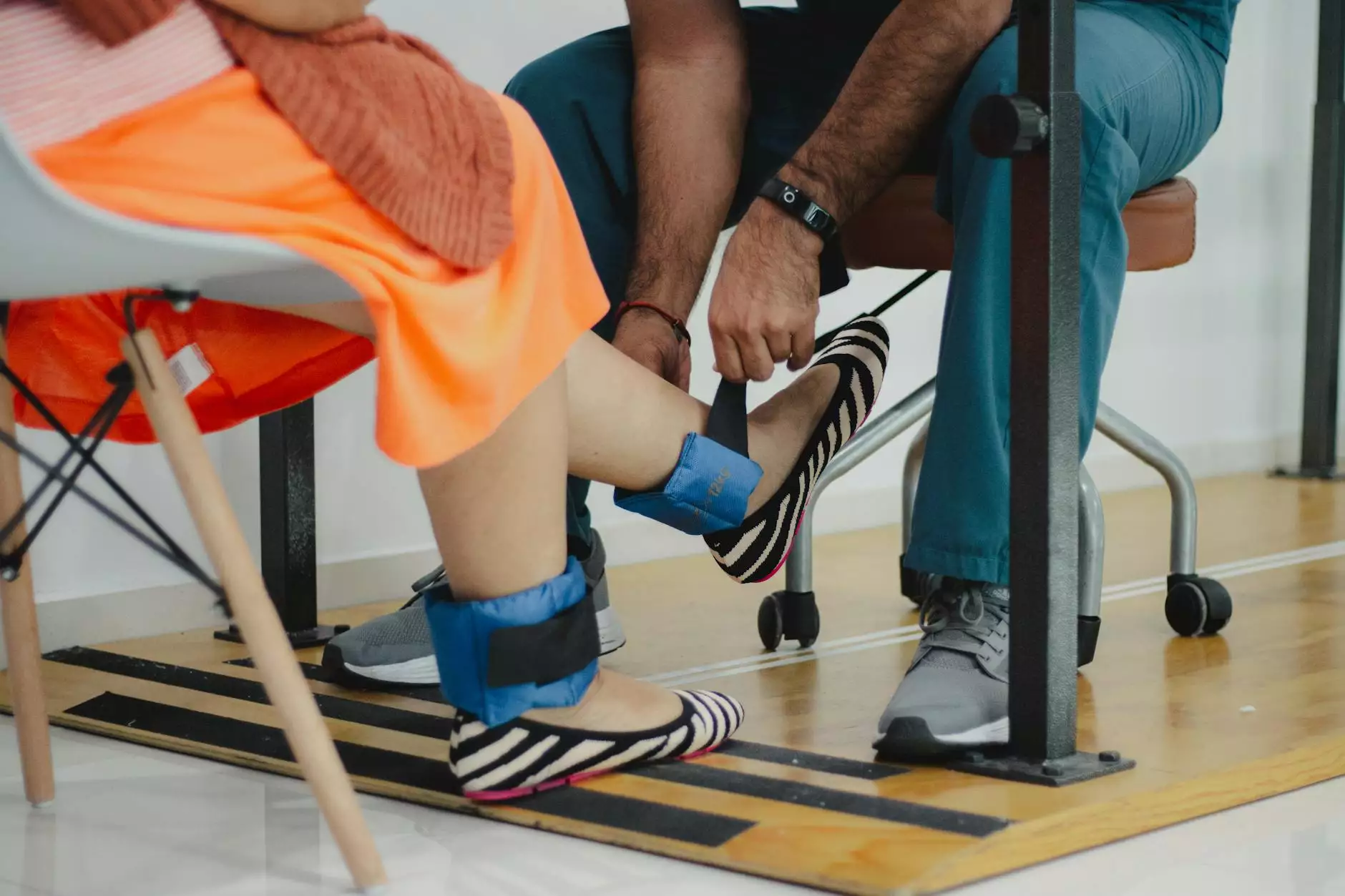Thumb Pain? Arthritis Could Be the Culprit
Orthopedic Surgery
Introduction
Welcome to Bowling Orthopaedics, your trusted source for orthopaedic information and treatments. In this article, we will explore the topic of thumb pain and its potential association with arthritis. If you are experiencing discomfort in your thumb joint, it's crucial to understand the possible causes and available treatment options. Let's delve into the details of thumb arthritis and how it can affect your daily life.
Understanding Thumb Arthritis
Thumb arthritis, also known as basal joint arthritis or carpometacarpal (CMC) joint arthritis, is a condition where the cartilage in the thumb joint wears away over time. This degeneration can result in pain, stiffness, and reduced range of motion in the thumb. Arthritis in the thumb is typically more common in women and individuals over the age of 40.
Symptoms of Thumb Arthritis
The symptoms of thumb arthritis can vary from mild to severe, depending on the stage of the condition. Common signs and symptoms include:
- Thumb pain, especially during gripping or pinching activities
- Swelling and tenderness around the base of the thumb
- Weakened grip strength and difficulty performing tasks
- Thumb stiffness, particularly in the morning or after periods of inactivity
- Development of a bony bump at the base of the thumb
Causes of Thumb Arthritis
The exact cause of thumb arthritis is often unknown, but certain factors may increase the risk of developing the condition. These include:
- Age: As mentioned earlier, thumb arthritis is more prevalent in individuals over the age of 40.
- Gender: Women are more prone to developing thumb arthritis than men.
- Genetics: Family history and genetics can play a role in the development of thumb arthritis.
- Prior injury: Previous injuries to the thumb joint, such as fractures or sprains, can contribute to the onset of arthritis.
- Overuse: Repetitive thumb movements, especially in occupations or hobbies that involve gripping or pinching, can increase the risk of developing thumb arthritis.
Treatment Options
When it comes to managing thumb arthritis, several treatment options are available. The choice of treatment depends on the severity of the condition and its impact on your daily life. Some common treatment approaches include:
1. Medications
Nonsteroidal anti-inflammatory drugs (NSAIDs) can help alleviate pain and reduce inflammation associated with thumb arthritis. Topical creams or ointments may provide localized relief.
2. Splinting or Bracing
Wearing a thumb splint or brace can provide support and stability to the joint, reducing pain and preventing further degeneration. These devices can be particularly helpful during activities that exacerbate thumb pain.
3. Physical Therapy
A physical therapist can guide you through exercises aimed at improving thumb mobility, strength, and range of motion. They may also recommend other therapeutic modalities such as heat or cold therapy.
4. Injections
Corticosteroid injections into the thumb joint can provide temporary pain relief and reduce inflammation. However, the effects are usually short-term and may require repeated injections over time.
5. Surgical Intervention
In severe cases where conservative treatments fail to alleviate symptoms, surgical intervention may be necessary. Surgical options range from joint reconstruction to joint fusion, depending on the specific needs of the patient.
Conclusion
Thumb arthritis can significantly impact your quality of life, making everyday activities challenging and painful. If you are experiencing thumb pain or suspect you may have thumb arthritis, it is essential to consult with a qualified orthopaedic specialist. At Bowling Orthopaedics, we are dedicated to providing personalized care and effective treatment options tailored to your specific needs. Don't let thumb arthritis hold you back – take the first step towards a pain-free life!




